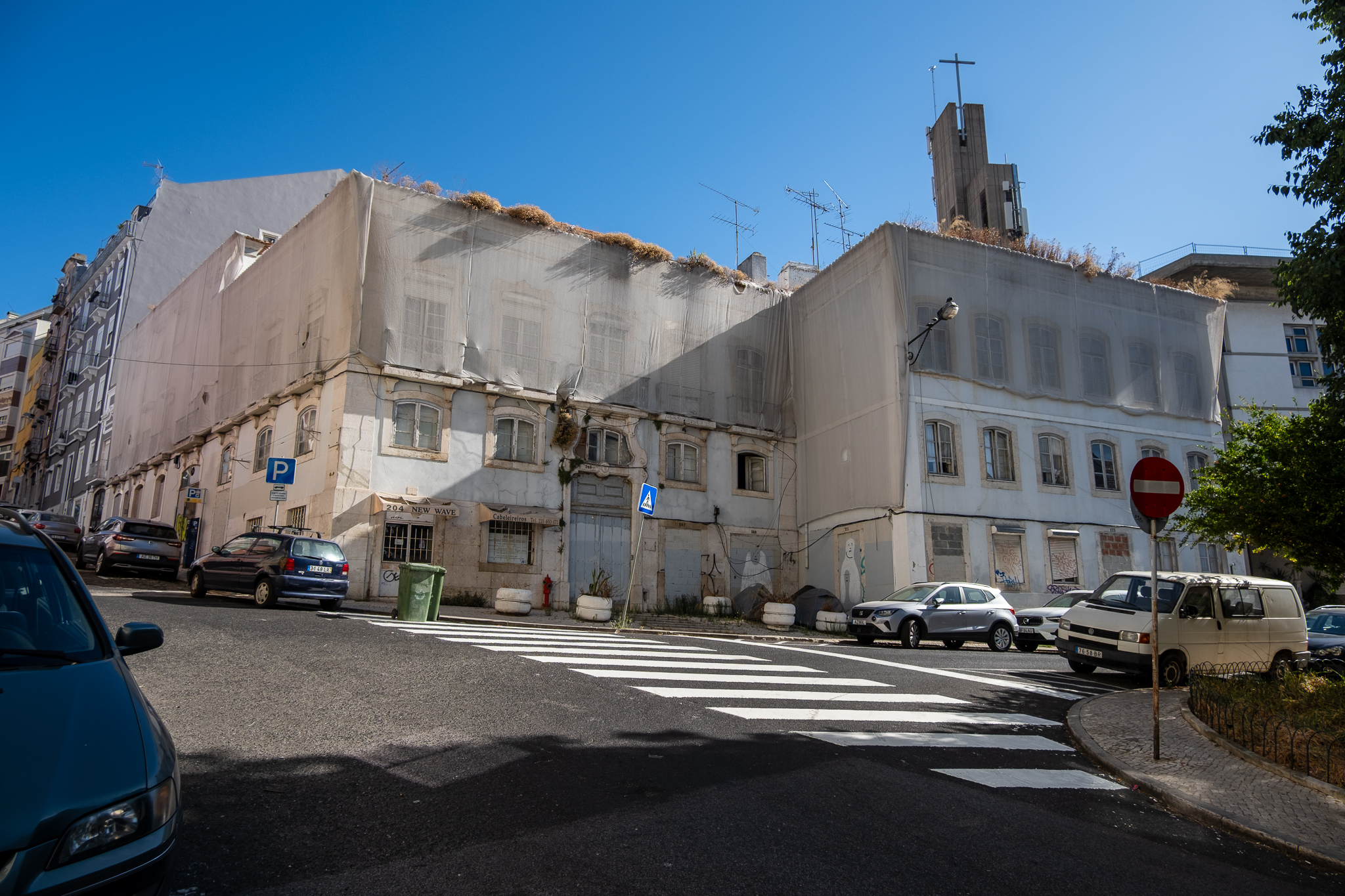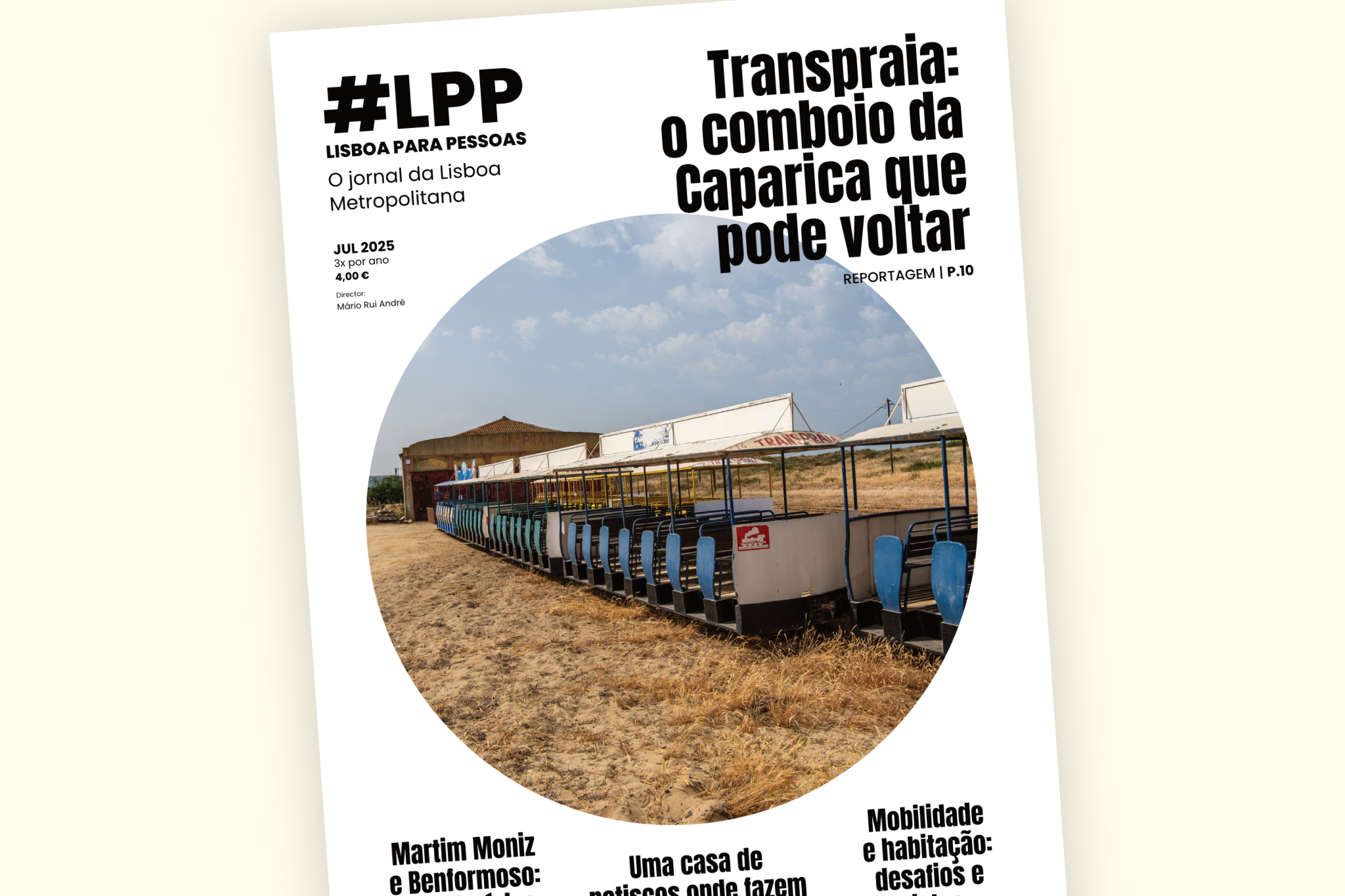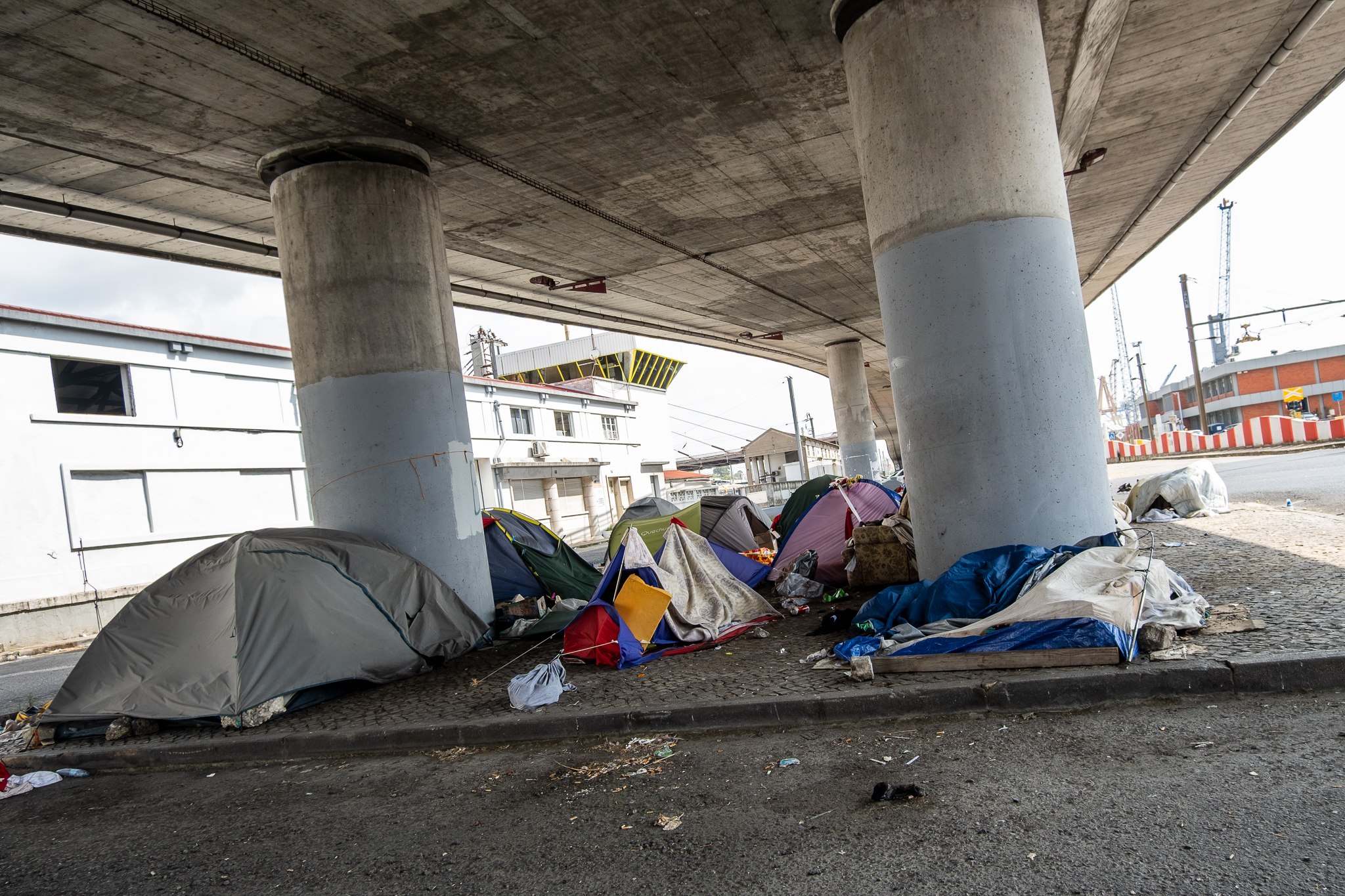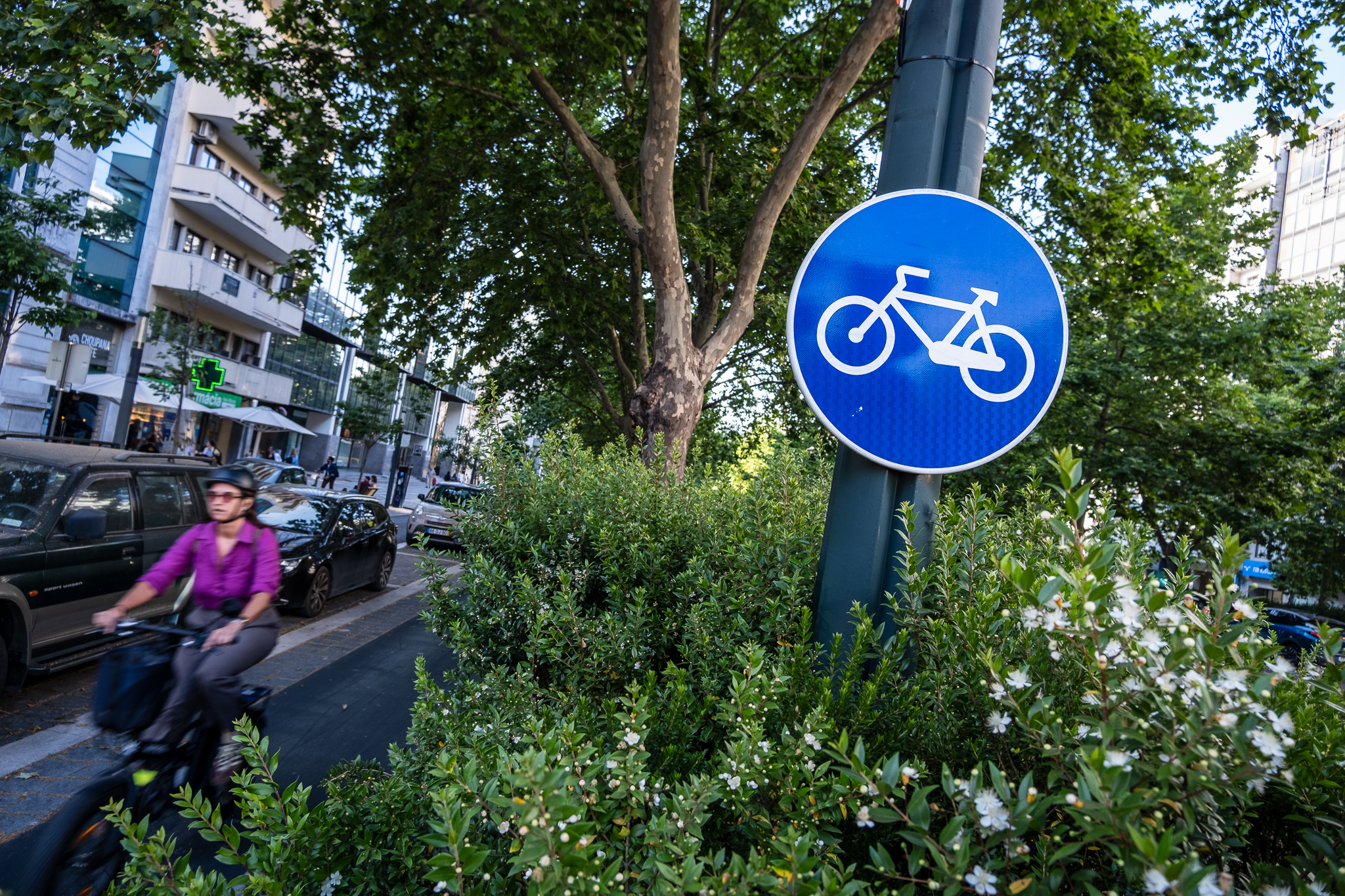Opinion.
From the moment that cross traffic was stopped on the sides, there was a clear reduction in traffic and a consequent increase in the enjoyment of the adjacent pedestrian areas, with the implementation of kiosks and terraces.
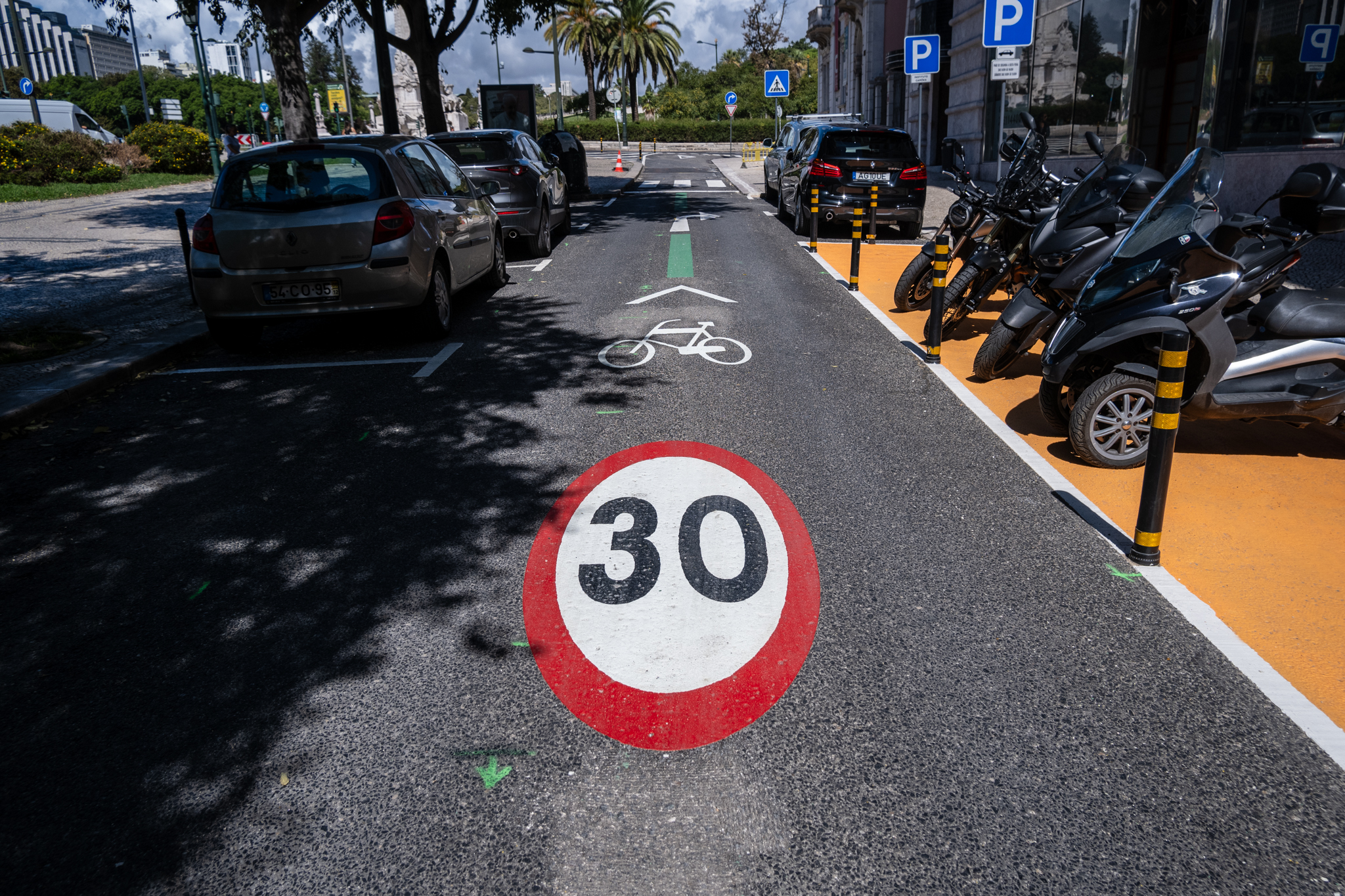
This Opinion article is the responsibility of MUBi, the association for urban mobility by bicycle.
The proposal to resume the continuity of traffic directions on the sides of Avenida da Liberdade is a sad return to a congested and polluted past. The maximum pollution limits required at national and European level are already frequently exceeded, contrary to the best practices of other European capitals. The future lies in encouraging sustainable mobility, to avoid the shame of failing to meet the targets set for 2030.
We have learned from the media that there is a new pop-up/temporary proposal for Avenida da Liberdade worth almost half a million eurosin Lisbon. This proposal aims to resume the continuity of traffic directions on the sides for cars, which in practice adds new motorized traffic lanes for direct access from Praça do Marquês de Pombal to Baixa Pombalina. This is a sad return to the past of chaotic, congested and polluted side streets. We shouldn't have to remind ourselves that we are facilitating access for cars to an extremely fragile historic area, and that, it should also be remembered, Lisbon City Council itself, in the formalization of Baixa Pombalina as a UNESCO World Heritage SiteIn its report on the history of the area, the magazine emphasizes the "exceptional nature of this historic area" and its contribution to human history.
Contrary to good practice in other European capitals, at a time when Avenida da Liberdade frequently exceeds the maximum pollution limits required by national legislation, and largely the indicators recommended by the WHOWith this proposal, we continue to facilitate the movement of motorized traffic. Although the current situation on the avenue is in need of improvement, since crossing traffic was stopped on the sides, there has been a clear decrease in traffic on the sides and a consequent increase in the enjoyment of the pedestrian areas adjacent to the sides, including the implementation of kiosks and terraces. These proposed changes, with the continuity of motorized vehicles on the sides, will lead to the situation worsening.
According to biclaR (a study by the Instituto Superior Técnico for TML - Transportes Metropolitanos de Lisboa), if, on the contrary, active transport were prioritized, so that the bicycle would account for 4% of trips on Avenida (ENMAC's target for 2025), 57 tons of CO2 annually (169 tons for 10% of travel - ENMAC's target for 2030), with socio-economic benefits of between 2.2 and 6.6 million euros over the next 10 years. It's important to add that CML has a duty to protect the health of Lisboetas and that air pollution causes around 6,000 premature deaths every year in Portugal.
We are perplexed by the existence in 2023 of proposals without any public participation and with promises of "fluidity and pollution reduction" without any scientific basis or measurable indicators. We are now faced with decades of one-off, poorly justified and non-transparent projects. Lisbon, the only European capital without a mobility plan, is one of the 100 cities participating in the EU Mission Climate Neutral and Smart Cities by 2030. Now, 2030 is just over six years away, and it's hard to see how Lisbon will be able to achieve the goals it has committed to, given the inaction we've seen and the contrary choices that have been made. At this rate, we risk the shame of reaching 2030 with worse indicators than those we had when the commitments were signed.
It is also hard to understand how a government that has promised so much to make the city a city for the people, and that has announced that it will "listen to the people", is going ahead with a project on Lisbon's most emblematic avenue, without any kind of public participation or publicizing of the project, and giving priority not to people, but to cars.
Although this reversal of traffic directions on the sides had already been planned since the previous mandate, it is important to remember that at that time it was part of the implementation of the ZER in Baixa, which included car restrictions on the central lane at the end of the avenue and heavy traffic restrictions in Baixa. Thus, contrary to what is happening now, the reversal approved at the time aimed to drastically reduce car traffic towards Baixa and, as a result, the pollution levels on the avenue.
As there has been no public participation or even publicizing of the project that is now being announced, civil society is left to believe the information that appears in the media. According to this information, the project to be implemented does not even intend to establish connections between the 30+bici sidewalks and the existing cycle path at the Marquês traffic circle, which will therefore only be accessed directly via the sidewalk. We also don't know whether or not the proposal includes effective traffic calming measures in order to guarantee effective circulation below 30 km/h and the safety of everyone. The increase in motorized traffic on the sides will encourage the use of the sidewalks by bicycles and scooters, endangering the growing number of people walking on the Avenue.
Avenida da Liberdade should have stopped being a road arrow pointing to the historic heart of the city several decades ago - strategic changes, even temporary ones, cannot be a return to the past. Changes to Avenida da Liberdade should always be forward-looking - improving the city's quality of life and protecting a national and world heritage site.
In view of the above, MUBi:
- It strongly opposes the proposed changes, which lack strategic sense and take us further away from a healthy, sustainable and inclusive Lisbon.
- It advocates maintaining the current directions on the sides of Avenida da Liberdade (by improving the road surface), in order to minimize car traffic accessing Baixa Pombalina and maintain the low speeds and volumes of traffic that currently circulate there.
- It calls for continuity between sidewalks and central slabs (long overdue!), guaranteeing only coexisting local access in the space on the current sides and, given the importance and hierarchy of that cycling axis, segregated unidirectional channel spaces for bicycles on the central axis.
- It advocates the urgent implementation of a conditional traffic zone in Baixa Pombalina, a national and world heritage site and the area best served by public transport in the whole country.
- It calls for dialogue, offering to collaborate in defining a project that is suitable for the 21st century, that involves people and prioritizes the quality of life of ALL citizens.
At a time when people should be concerned about the environment, the pleasantness of the public space and relieving congestion in the historic area, they decide exactly the opposite. Putting more cars on Avenida da Liberdade is going back several decades.
Article originally published here.

